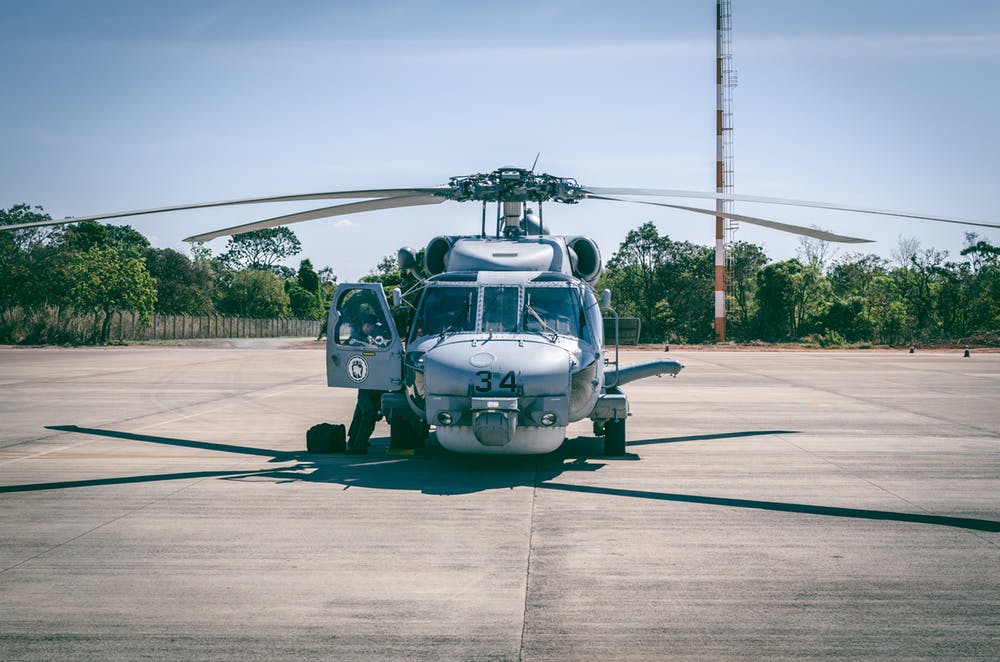Helicopter flight training is an exciting and challenging adventure. It’s not just about learning to fly; it’s about mastering a unique skill. This journey takes you high above the ground, offering a new way to see the world.
Starting your helicopter training journey is a big step. It’s about more than just flying; it’s about learning a lot of new things. You’ll learn how to be safe, how to handle the helicopter, and how to enjoy the ride.
1. Understanding the Basics of Helicopter Mechanics
Embarking on the journey to master helicopter flight training involves a deep dive into the fascinating world of aviation mechanics. It’s not just about getting behind the controls; it’s about understanding the intricate dance of engineering and physics that allows helicopters to soar.
This foundational knowledge is critical for any aspiring pilot, laying the groundwork for more advanced skills.
2. Choosing the Right Flight School
Selecting an ideal helicopter training school is a pivotal step in your helicopter training adventure. Look for schools with experienced instructors, a good safety record, and a fleet of well-maintained helicopters. This ensures a learning environment that is not only effective but also safe.
3. Embracing the Flight Simulator Experience
Before taking to the skies, harness the power of technology with flight simulators. These sophisticated tools provide a risk-free environment to practise manoeuvres, understand flight dynamics, and build confidence. Simulators are an invaluable resource in honing your piloting skills.
4. Mastering the Art of Hovering
Hovering is a unique and challenging skill in helicopter flying. It requires a delicate balance of control and awareness. Practice makes perfect in this aspect of flight training. It’s about developing a feel for the aircraft and reacting intuitively to its movements.
5. Navigating Meteorological Challenges
Weather plays a significant role in aviation, and understanding meteorology is crucial. Learning to interpret weather conditions and make informed decisions is vital for safe and successful flying. This knowledge is not just academic; it’s a practical skill that can mean the difference between a smooth flight and a challenging one.
6. Prioritising Safety in Every Flight
Safety is paramount in all aspects of aviation. From pre-flight checks to emergency procedures, a deep commitment to safety protocols is essential. This includes understanding the limitations of both the helicopter and yourself as a pilot.
7. Building Advanced Flying Skills
As you progress, your training will move beyond the basics. Enhancing your helicopter flying abilities involves mastering advanced manoeuvres, cross-country navigation, and even night flying. Each of these skills adds layers to your competency and confidence as a pilot.
8. Embracing the Pilot Community
Joining the pilot community offers a wealth of knowledge and support. Engaging with fellow pilots provides opportunities to share experiences, learn from others, and build a network of contacts that can be invaluable in your aviation journey.
Flying into the Future: The Ever-Evolving World of Aviation
Helicopter flight training is just the beginning of a lifelong learning process. The world of aviation is constantly evolving, with new technologies and methodologies emerging. Staying informed about these developments is key to remaining a proficient and safe pilot.
Aiming High in Helicopter Training
In wrapping up, learning to fly a helicopter takes hard work and dedication. You need to know a lot, practise a lot, and always think about safety. But if you stick with it, you’ll achieve something amazing.
As you keep improving your skills, don’t forget to keep up with new things in flying. To learn more about what’s new in flying, you might want to read about the latest in flying technology. Staying updated helps you become a better pilot and keeps your flights safe.









